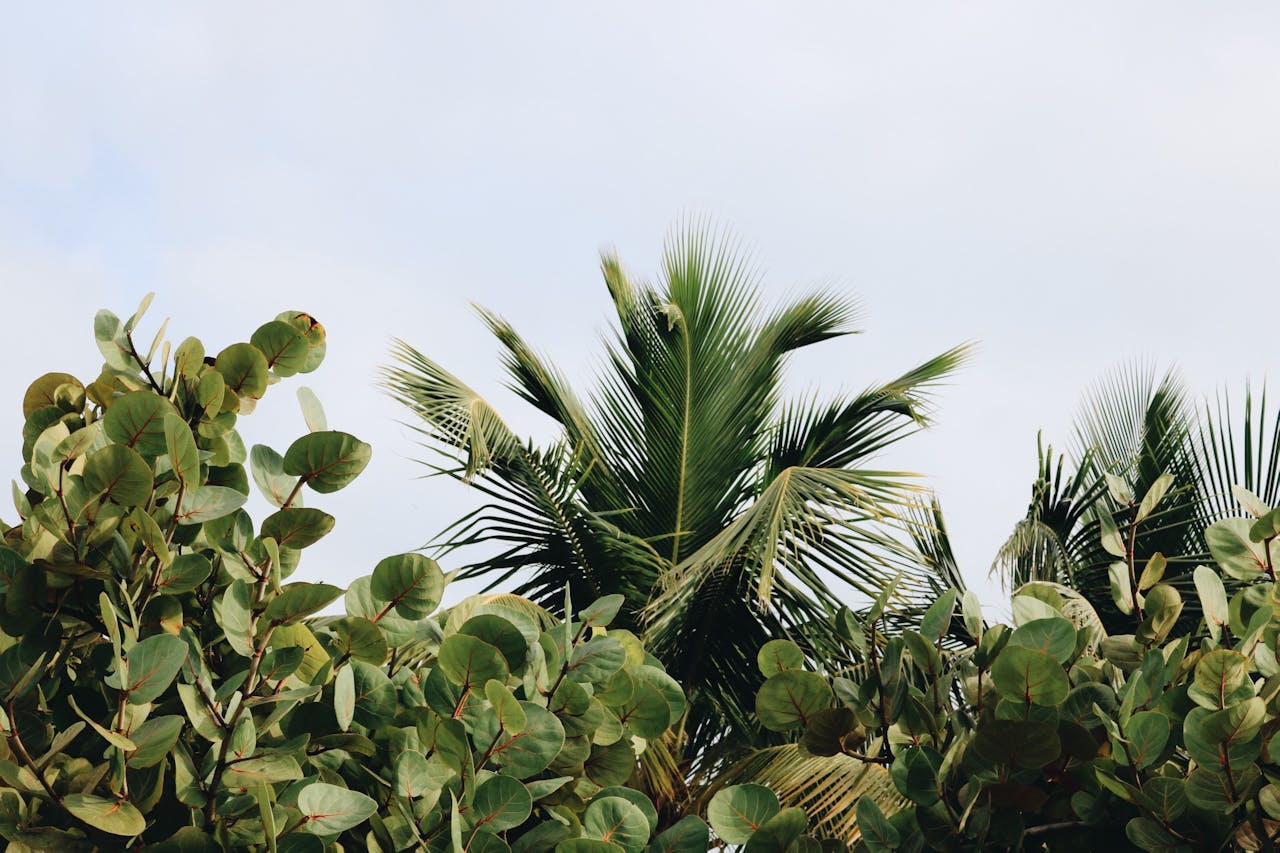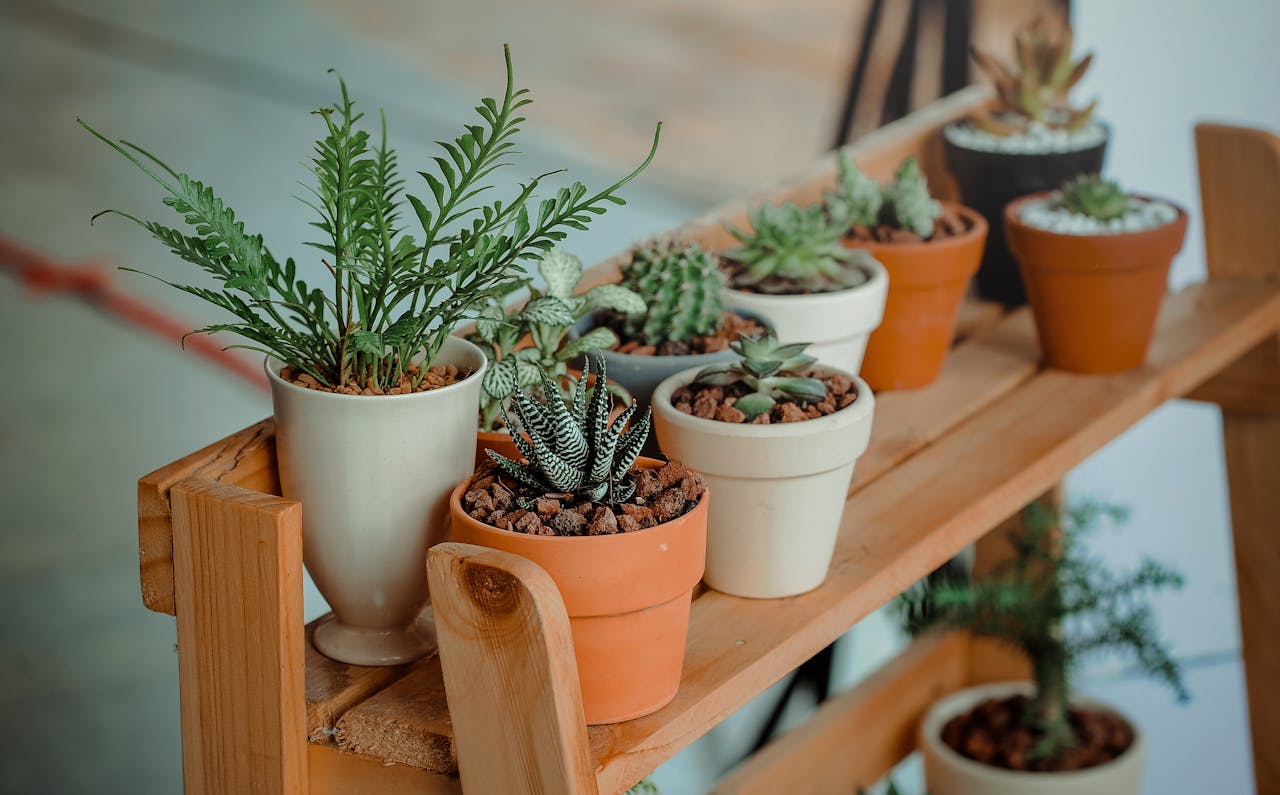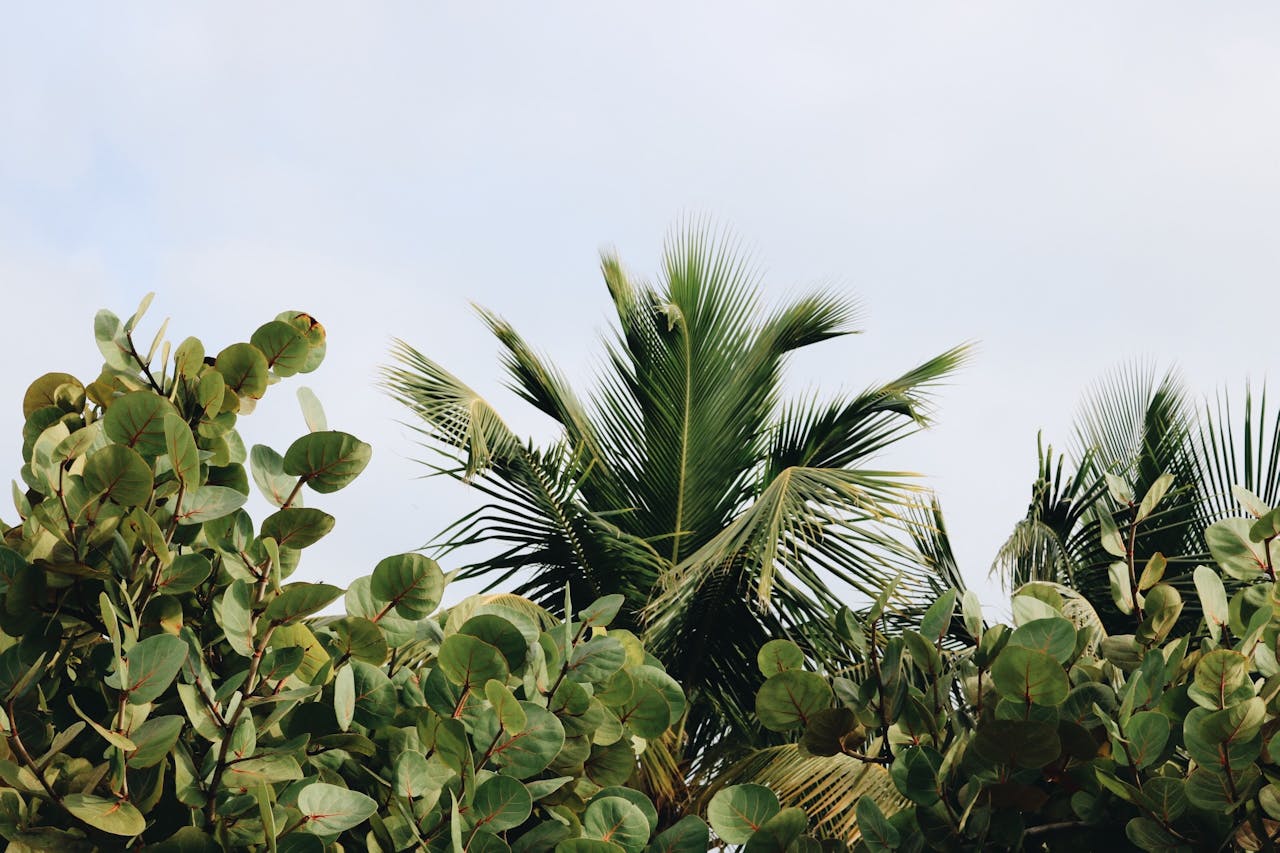When the weather heats up, gardeners often wonder if they need to water their plants every day to keep them healthy. While it's true that plants need more water as temperatures rise, watering them every day isn't always necessary or beneficial. Understanding when and how much to water your plants in hot weather is crucial to maintaining a thriving garden. This article will guide you through the best practices for watering plants during the summer months.

Assessing Your Plants Water Needs
Different plants have different water requirements. Some plants, like banana plant and sago palm, naturally retain water and thrive on less frequent watering. In contrast, vegetables and flowering plants might need more frequent watering to prevent wilting and ensure proper growth. The type of soil in your garden also affects water retention. Sandy soil drains quickly and may require more frequent watering, whereas clay soil holds moisture longer and might not need to be watered as often.
The Risks of Overwatering

Watering plants every day can lead to several problems. Overwatering can suffocate plant roots because it fills the air gaps in the soil with water, reducing oxygen availability. This can lead to root rot, a harmful condition that weakens plants and makes them more susceptible to diseases. Additionally, too much water can wash away essential nutrients from the soil, reducing soil fertility and plant health.
Also Read- Keep Your Garden Healthy While You're On Summer Vacation
Signs of Adequate Watering
To ensure your plants are getting just the right amount of water, look for these signs:
- Soil Moisture: Check the soil moisture by sticking your finger about an inch deep into the soil. If it feels dry at your fingertip, it’s time to water. If it feels moist, you can wait another day.
- Plant Appearance: Healthy plants should look vibrant and upright. Wilting or drooping leaves can indicate a lack of water. However, leaves that look yellow and feel soft may suggest overwatering.
Best Watering Practices in Hot Weather

To water your plants effectively in hot weather, follow these guidelines:
-
Water Early in the Morning: Watering early in the morning allows the water to reach deep into the soil and be absorbed by the roots before the heat of the day causes evaporation. This timing also helps prevent fungal diseases that can develop in cooler, moist conditions typically found at night.
-
Use Mulch: Applying a layer of mulch around your plants helps retain soil moisture by reducing evaporation. Mulch also keeps the soil cooler, which promotes root growth and water absorption.
-
Water Deeply and Less Frequently: Instead of watering a little every day, it’s better to water deeply a few times a week. This encourages plants to develop deeper root systems, which make them more drought-resistant and strong.
-
Consider Drip Irrigation: Drip irrigation systems deliver water directly to the soil around your plants’ roots, minimizing waste and ensuring that the water goes exactly where it’s needed.
Also Read- Should You Fertilize Plants in the Summer? A Seasonal Guide to Plant Nutrition
Adjusting to Weather Conditions

Keep an eye on the weather forecast. After a rainstorm, you can skip your next planned watering, as the rain will have provided sufficient moisture. On extremely hot and dry days, you might need to water more frequently, especially for potted plants and newly planted seedlings that have less established root systems.
Conclusion
In conclusion, watering your plants every day in hot weather is not a rule to follow blindly. It’s essential to understand the specific needs of your plants and the characteristics of your garden's soil. By using the right watering techniques and adjusting your watering schedule based on actual conditions, you can keep your garden healthy and vibrant throughout the hottest parts of the year.













Leave a comment
This site is protected by hCaptcha and the hCaptcha Privacy Policy and Terms of Service apply.